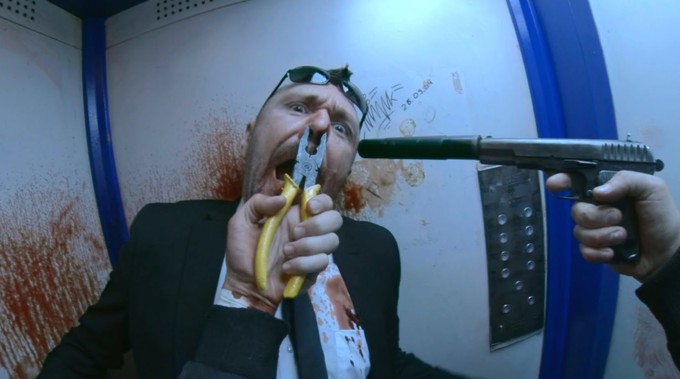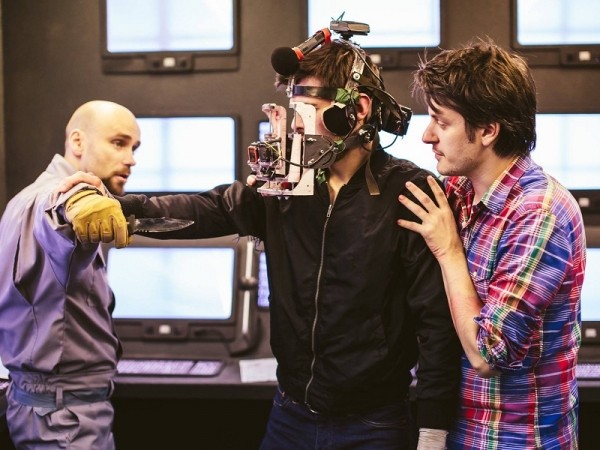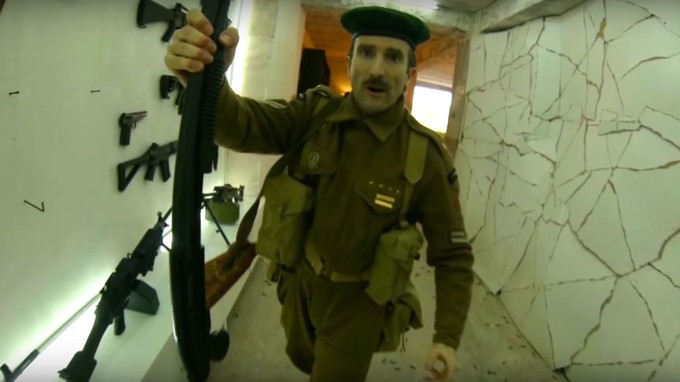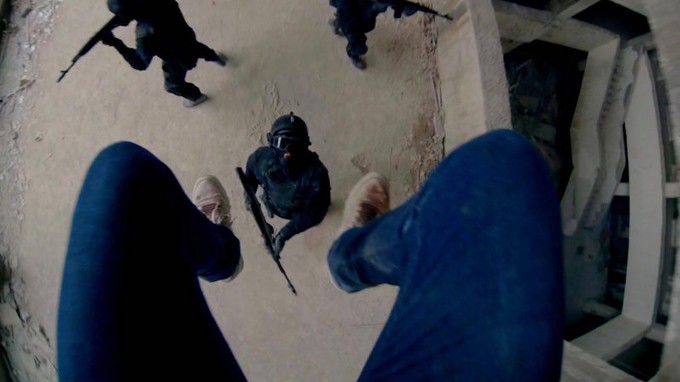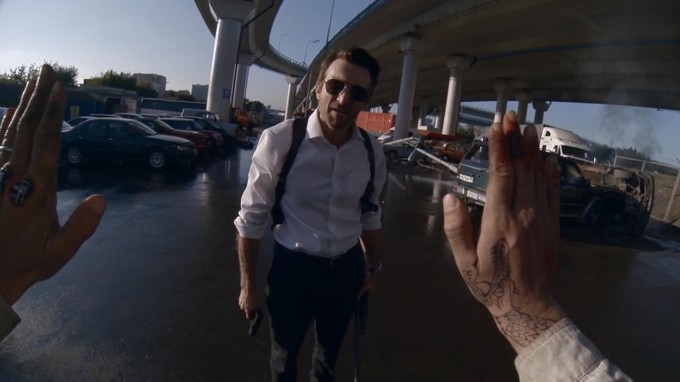Ain't It Cool News (www.aintitcool.com)
Movie News
Capone does a thrilling, first-person interview with HARDCORE HENRY director Ilya Naishuller, star Sharlto Copley & producer Timur Bekmambetov!!!
Hey everyone. Capone in Chicago here.
Readers Talkback

